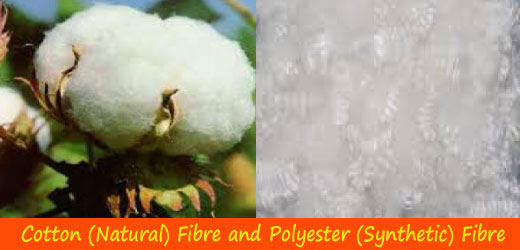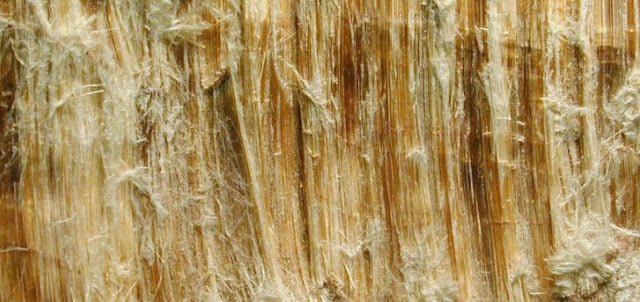20 Key Differences Between Natural Fibre and Synthetic Fibre
Last updated on July 11th, 2023 at 11:49 am
At the outset of civilization, fibres played a vital role. People learned to collect silk from the silkworm, linen from the linen plant, and cotton from the cotton plant. Then they weaved them into fabrics and then transformed the fabrics into clothing.
Initially, people used to consume only natural fibers, but as civilization progressed, they wanted synthetic fibers for more comfort and durability. Then they developed the first synthetic fibre, Nylon. As the days passed, they discovered many more synthetic fibers like Polyester, Acetate, Acrylic, etc.
From the above discussion, we can divide fibres into two main categories. One is natural, which we get from nature, and another is synthetic or manufactured fibre developed by man. There are many differences between natural and manufactured fibres. In this article, we will learn about the key differences between them.
Difference between Natural Fibre and Man-Made Fibre
| Natural Fibre | Synthetic Fibre |
| We get these fibres from natural farming, animal husbandry and insects. | These fibres are generated by man. We do not get these fibres from nature but are generated from natural (cellulose and protein) and chemical substances. |
| Fibre length is given by nature, that is, fixed. | Fibre length is not fixed and is controlled by man. |
| We get fibres as staples or filaments (silk). | Generally, we get fibres as filament, but we can also get them as staple or cut-length. |
| Fineness varies from one fibre to another fibre. | Fineness depends on the manufacturers. |
| Less strength and durability. | More strength and durability. |
| Strength increases in wet conditions. | Strength increases in dry conditions. |
| Some short fibres remain with long fibres. | There is no short fibre. |
| No need for spinneret. | Need of spinneret. |
| No need to mix chemicals to produce fibre or yarn. | Need to mix chemicals to produce filament or staple. |
| Apparels produced from natural fibres are comfortable. | Apparels produced from man-made fibres are less comfortable. |
| More demandable in producing apparels. | More demandable in producing other textile end products rather than apparels. |
| Bears dust and trash. | Do not bear any dust or trash. |
| Bears crimp naturally. | We have to give crimp manually. |
| Generally, fibres are hydrophilic. | Generally, fibres are hydrophobic. |
| In most cases, scouring and bleaching are needed. | No need for scouring and bleaching but sometimes cleaning is needed. |
| Easy to dye. | Difficult to dye. |
| It is expensive. | It is cheaper. |
| Comparatively have less lifetime. | Comparatively have more lifetimes. |
| Uses of natural fibre are limited. | Uses of man-made fibre are not limited. |
| We cannot change the structure. | We can change the structure. |





Well defined post. You are just amazing.